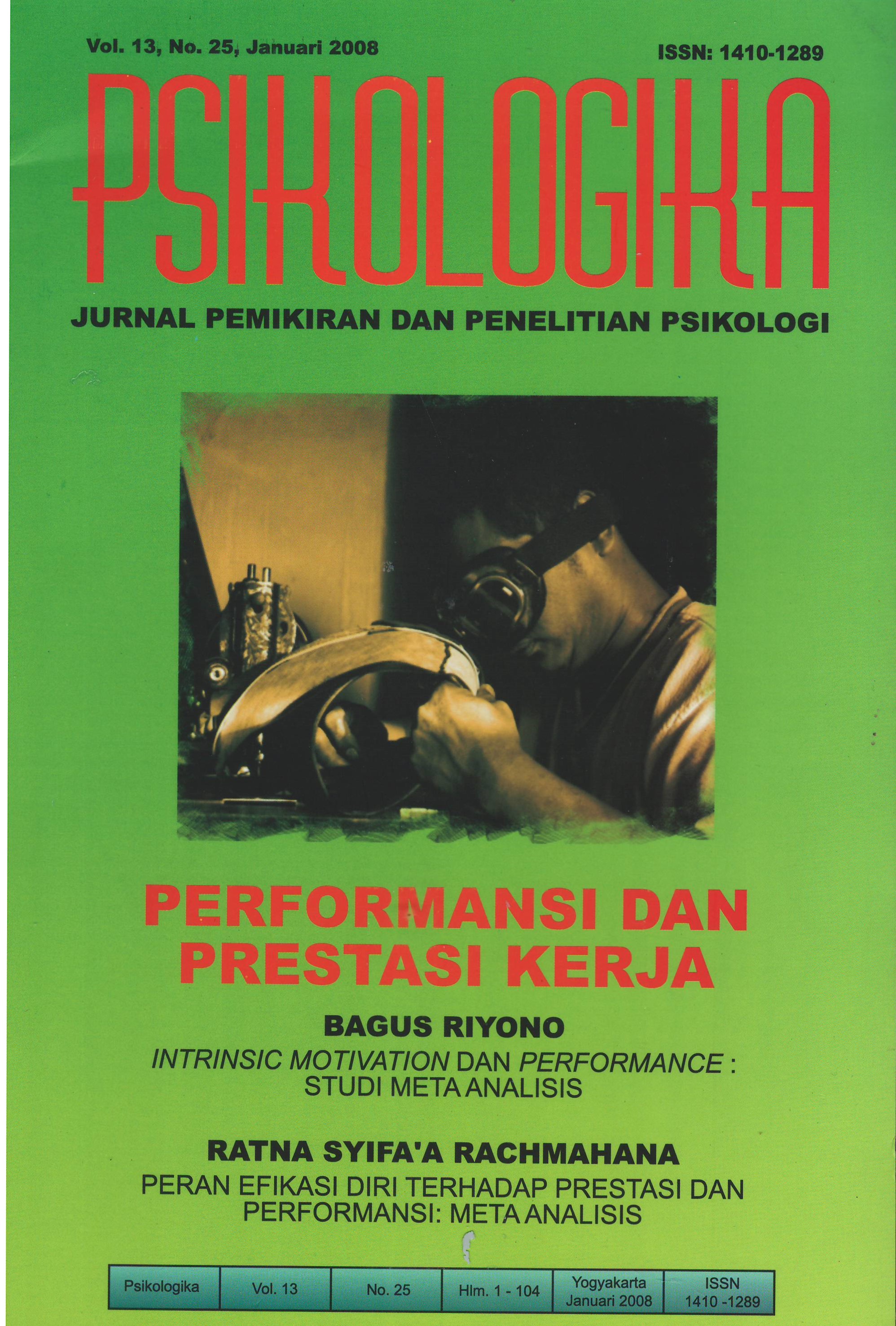Main Article Content
Abstract
Intense personal experience that provide insight into the nature of life that involved emotion, cognitive, and social component happens when people listen to music. Those musical emotion responses are expressed when the aesthetical value of music comes toward either through everyday music listening, or through intended performances. Therefore, this basic experimental research was proposed to examined Javanese subjects, using the Javanese gamelan musical instrument, and was conducted in Yogyakarta. The purpose of the experiment was to obtain a better picture on how the element of tempo stimulation influence the musical emotional responses of its listener.
There were 32 subjects (musicians and non musicians) who are participating in this experiment. The study found that effect of unmodified and modified tempo element towards the musical emotional responses of the musicians differs from those of non-musician. There are definitely differences provided by effect of the tempo element stimulation towards the emotional musical responses of the listeners, as well as showing that tempo is the most important element and potentially stimulate emotional musical responses.
Â
Key words    :  Javanese gamelan, tempo, emotional musical responses.
Article Details
Authors who publish with this journal agree to the following terms:
- Authors retain copyright and grant the journal right of first publication with the work simultaneously licensed under a Creative Commons Attribution-ShareAlike 4.0 International License that allows others to share the work with an acknowledgment of the work's authorship and initial publication in this journal.
- Authors are able to enter into separate, additional contractual arrangements for the non-exclusive distribution of the journal's published version of the work (e.g., post it to an institutional repository or publish it in a book), with an acknowledgment of its initial publication in this journal.
- Authors are permitted and encouraged to post their work online (e.g., in institutional repositories or on their website) prior to and during the submission process, as it can lead to productive exchanges, as well as earlier and greater citation of published work (See The Effect of Open Access).
